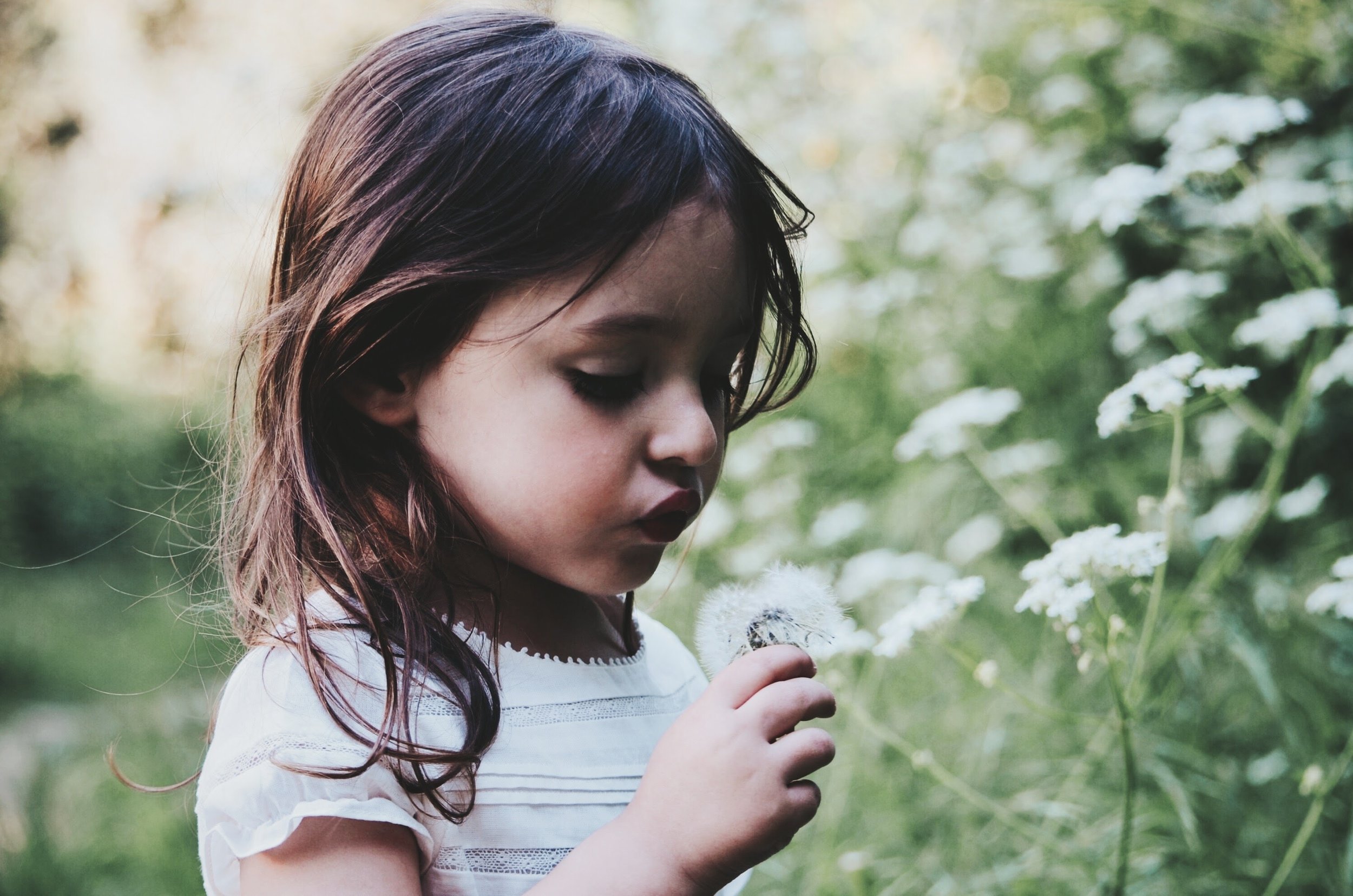The Grove

Redefining Therapy Spaces: From Safe to Brave
In therapy, we introduce the concept of "brave spaces" - environments that prioritize safety while acknowledging the inevitability of discomfort in healing. In individual therapy, brave spaces encourage you to confront difficult emotions, challenge unhelpful thought patterns, and process trauma. Your therapist creates this space by supporting you through uncomfortable moments, recognizing them as signs of growth. While therapy can be challenging, it's in these brave spaces that true healing occurs. By embracing discomfort and facing your challenges head-on, you're taking courageous steps towards not just surviving, but thriving in your mental health journey.

Understanding Lifespan Integration: A Powerful Tool for Trauma & Grief Therapy
Lifespan Integration (LI) is a gentle, body-based therapeutic method developed in 2002 by Peggy Pace. It helps individuals heal from trauma and grief by integrating past experiences into a coherent life narrative without re-traumatizing them. LI involves creating a timeline of significant life events and guiding clients through visualizations that connect past and present selves. This approach, informed by neuroscience, rewires the brain for healthier emotional responses. LI's non-invasive, adaptable nature makes it particularly effective for trauma work, promoting resilience and holistic healing.

Achieving Inner Harmony: The Importance of Attunement in Lifespan Integration
What do you know about Lifespan Integration? If you have a general idea of what this new therapy is all about, you may be wondering about some of its principles. Attunement is an important part of Lifespan Integration and necessary in achieving inner harmony.



Inner Child Work
The practice of inner child work involves connecting with a younger version of yourself to provide compassion and gain understanding. This can be achieved by visualizing a picture of yourself as a child and using prompts to start the conversation. Inner child work is not necessary for everyone, but it can be a helpful tool in gaining insight and practicing self-compassion. To start exploring your inner child, consider areas such as shame, emotional soothing, self-betrayal, silence, and safety. For more resources on inner child work, check out the recommended meditation or book.

How to do an Emotional Inventory
The blog post discusses the importance of doing an emotional inventory to increase self-awareness and understand one's emotional state. It explains that emotional inventory involves taking stock of one's emotions, identifying their triggers, and understanding how they manifest in behavior. The post provides several steps to conduct an emotional inventory, including creating a safe space, identifying emotions, assessing how the emotions are triggered, and analyzing how they affect behavior. By regularly practicing emotional inventory, one can increase their emotional intelligence, improve communication skills, and strengthen relationships.

Attachment Theory and How it Affects Romantic Relationships
This blog post explores attachment theory and how it can affect our romantic relationships. Originating with John Bowlby in the 1950s, attachment theory posits that infants form bonds with their early caregivers that can serve as a template for future relationships. Mary Ainsworth furthered this theory with her "strange situation" study, which identified three different types of attachment in children: anxious-avoidant, secure, and anxious-resistant. The article then applies attachment theory to adult relationships, discussing the three main attachment styles (secure, anxious, and avoidant) and how they can affect our behavior in romantic partnerships. The post emphasizes that attachment style is not fixed and can be changed, and provides tips for creating a more secure attachment in our relationships, such as discussing attachment openly with our partners, investing in the foundation of our relationships, practicing empathy, and actively asking to have our needs met. Overall, the article emphasizes that understanding attachment theory can be rewarding and validating, and can help us overcome old patterns of behavior and create healthier relationships.

What is Postpartum OCD?
Postpartum obsessive-compulsive disorder affects about 3-5% of women during pregnancy or up to a year after childbirth. Symptoms involve repetitive and intrusive unwanted thoughts and behaviors to avoid or relieve the thoughts. OCD is an anxiety disorder and can cause excessive worry and scary thoughts, which can be disturbing for someone experiencing it. A personal or family history of anxiety or OCD is a risk factor. However, postpartum OCD is treatable with talk therapy and medication. It is essential to understand the nature of obsessive thoughts and compulsions, practice self-compassion, and seek treatment early.

What is Postpartum Anxiety?
Learn about postpartum anxiety, its symptoms, causes, and treatment options in this informative blog post. Discover how therapy and medication can help, and the importance of seeking help early. If you're struggling with postpartum anxiety, don't hesitate to seek support.
